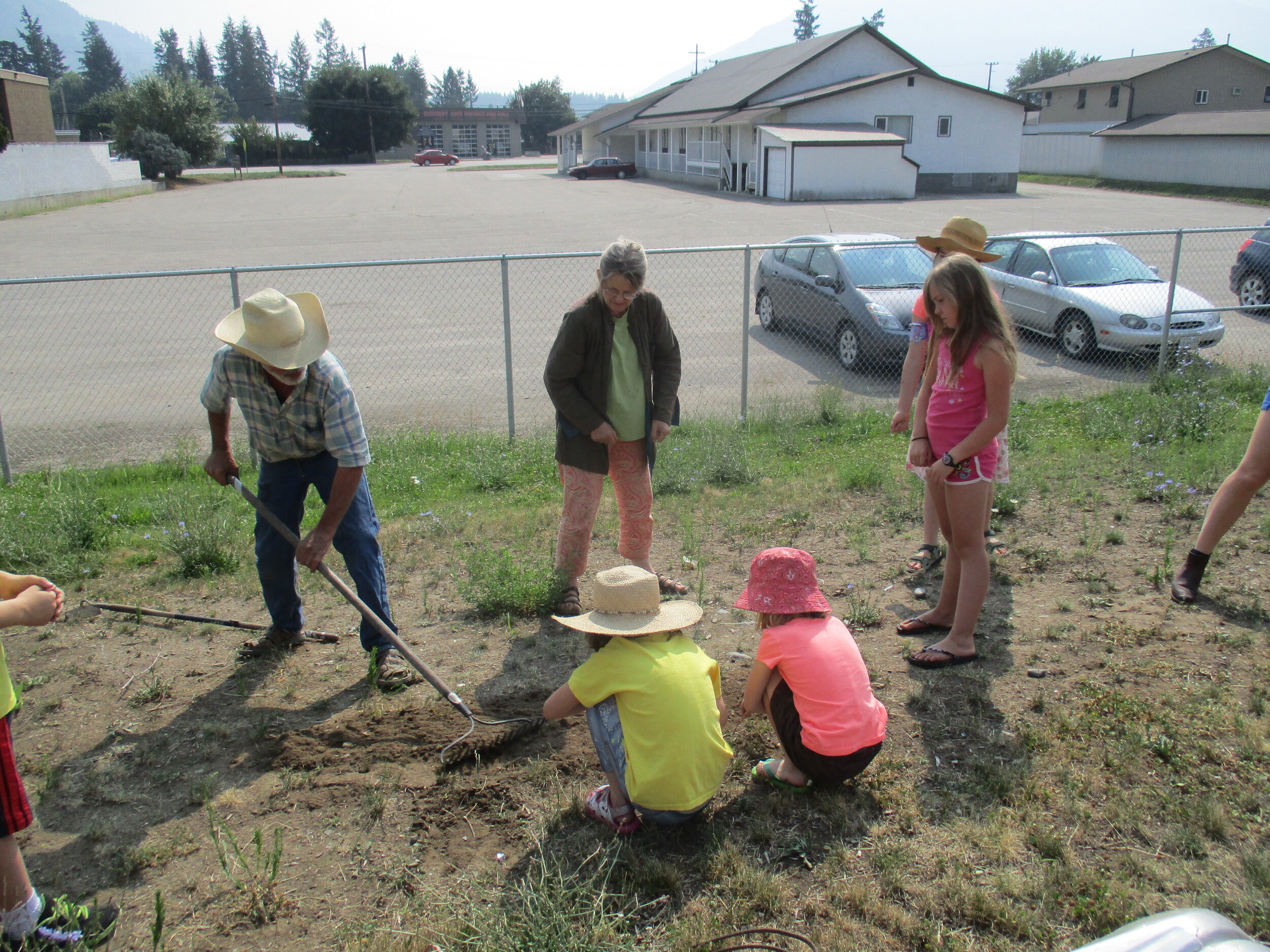
Co-Learning
Runaway Moon’s Community Art Projects are about learning together.
The lead artists bring an artistic framework within which to learn along with the participants.
Every project is different. We are all in the position of being beginners because we have never done this before. That’s the way we can be authentic in our practice - we are all discovering along the way. Learning together towards deeper understanding.
Our choice of themes is guided by curiosity.
Every suggestion that is made comes up for a reason; however off-track some suggestions may seem, we recognize they come from a stimulus and so we find a way to honour it.
For example, from wanting to learn about birds, we created contexts in which to learn about them by doing stuff with people. The project grew and spread organically. The curiosity grew and spread, and everyone involved learned more than they would have on their own. There are so many birds to get to know; in the Bird Stilt Chorus, in Mrs. Melvin’s class, and in “In the Shade”, each person became expert in “their bird”, and shared what they knew through song and movement, making a nest, and representing habitat.
Collaboration across disciplines and interests is an essential element of Runaway Moon’s artistic projects.
There is deep knowledge in the community and we look for ways to bring this out.
We have collaborated with local experts including farmers, health professionals, a local salmon hatchery, and local Indigenous language teachers.

Dianne Wells, beekeeper, visiting In the Shade

Doug Saba demonstrating farming tool movements

Naturalist Tom Brighouse and friend, trying out our bird costumes at Salmon Arm Gallery
The same principles inform our school residencies.
The artists bring simple artistic techniques (and a project), but the leaders are learning along with the students. Sometimes we can allow the interests of the students to inform the trajectory of the project to some extent. (EG LEARNING ABOUT BUGS__ SEWING>
The artist brings their craft and process into the room, and the teacher brings knowledge of curriculum requirements and tie-ins with other learning that is taking place. (The teachers know the students so can carry the discipline to support the artist.) The students are participants, as it the teacher - and any other adults in the room.
We keep in mind that there is knowledge in all parts of the room: often the children know something the others don’t or can bring knowledge in from their families. Once engaged, children make observations and bring them into the project. (eg Salmon Arm Bay Nature Calendar)
